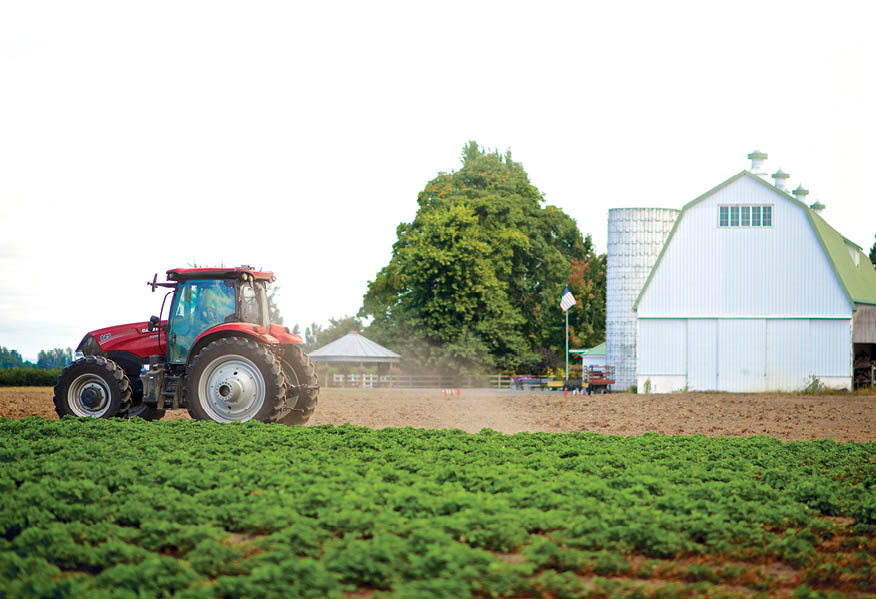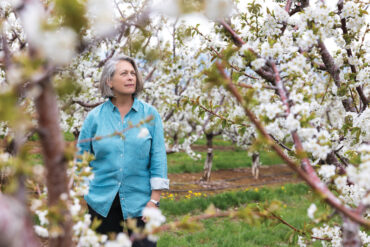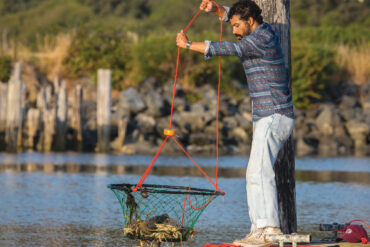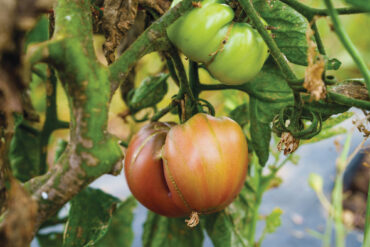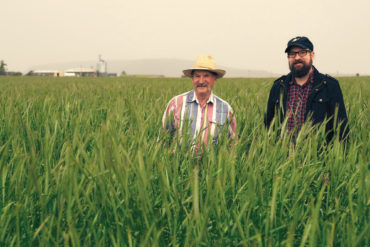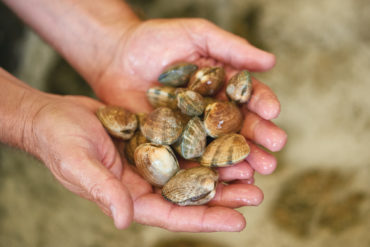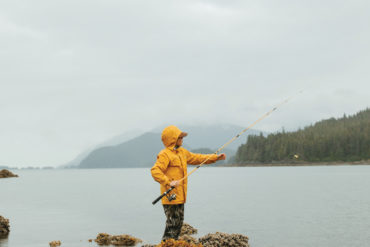The Cherry on Top
Spring’s vibrant pink buds produce succulent bites of summer heaven from Hood River written by Julie Lee | photography by Daniel Stark There is something that screams spring when pink buds burst in the sky on cherry trees: bold pink in color, breathtaking against a blue sky, announcing winter’s end. That was especially true this year after Oregon’s seemingly never-ending deluge. It’s a “blink-and-you’ll-miss-it” window in May, when cherry blossom loyalists will walk, hike and bike around Oregon to breathe in the beauty and abundance of cherry blossoms. There is even a Cherry Blossom Park in Portland, dedicated to nature’s wizardry. Sweet cherries originated in the region between the Black and Caspian Seas and derive their name from the Turkish town of Cerasus. Colonists brought cherries with them in the 1600s, and in 1847, a settler traveling from Iowa to Oregon brought nursery stock, which became the first cherry trees…


